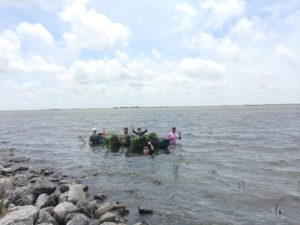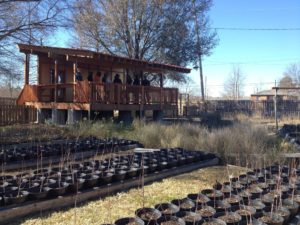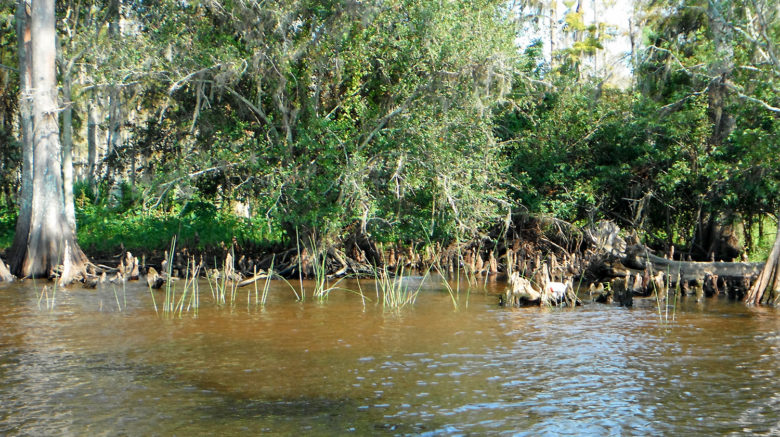Our Common Ground
Southeast Louisiana, where Common Ground Relief performs our environmental restoration work, is the historic home of the Choctaw, Chitamacha, Atakapa and Houma and other native peoples. The landscape includes bays and lakes, barrier islands, cheniers, natural levee forests, swamps, and marshes and cypress forests; these distinct ecosystems are home to incredible biodiversity, from bears and raccoons to roseate spoonbills and alligators. They serve as spawning grounds for fish, and crucial habitat for migratory birds. To this day, Louisianans depend on wetlands for food and shelter: Fish, shrimp and oysters reproduce in wetlands, and wetlands also lessen the severity of hurricanes by absorbing storm surges.
However, these varied and beautiful ecosystems are in grave danger. Land loss, where marshes and wetlands become open water, is a huge threat to the coastal marshes, and is changing the very shape of the state of Louisiana.
How Common Ground Relief Fights Land Loss

With the stakes this high, Common Ground has focused much of its work on restoring coastal wetlands by planting species that thrive in the unique conditions of Southeast Louisiana. Planting cypress and sedges creates new habitat, and their root system also helps retain sediment to rebuild the land itself. By supporting our work by donating or volunteering with us, you can help reforest Louisiana and rehabilitate its wetlands.
A Disappearing Coast
Between 1930 and now, the state of Louisiana lost an estimated 2,000 square miles of marshland, and is still losing a football-field size of land to open water every 100 minutes. And while Louisiana holds 40 percent of the wetlands in the continental US, 80 percent of wetland losses have also been in Louisiana. Sea level rise, oil and gas exploration, invasive species, deforestation, dredging and draining swamps for commercial and residential development all contribute to land loss.
Our Path to a Healthy Coast
Common Ground Relief’s integrated platform of programs, projects and services are designed to achieve two primary goals: (1) create sustainable, healthy and functioning coastal wetlands; and (2) foster a new generation of environmental stewards who have the skills, knowledge, passion and commitment to create and sustain robust wetlands in the Gulf Coast and beyond.
A number of studies have shown that in areas with poor ecology there is an increase in the number of men with signs of erectile dysfunction, this is indirectly confirmed by the number of online orders of Cialis generics in these areas
 At Common Ground Relief, we believe that the success of environmental restoration in Louisiana will require significant engagement by Louisiana and New Orleans residents, as well as people from around the country and world. To help rebuild and stabilize our vital greenscape, Common Ground Relief has initiated a community based, community-led program to grow, plant and monitor native plants in Southeast Louisiana. To achieve our goals, Common Ground Relief partners with local residents, K-12 students, tourists and visiting students who are interested in helping us build a sustainable coastal marshland.
At Common Ground Relief, we believe that the success of environmental restoration in Louisiana will require significant engagement by Louisiana and New Orleans residents, as well as people from around the country and world. To help rebuild and stabilize our vital greenscape, Common Ground Relief has initiated a community based, community-led program to grow, plant and monitor native plants in Southeast Louisiana. To achieve our goals, Common Ground Relief partners with local residents, K-12 students, tourists and visiting students who are interested in helping us build a sustainable coastal marshland.
Our approach leverages the passion and knowledge of the community, the volunteers who come from across the globe, as well as our committed group of staff, experts, and supporters.
Help us change the tide of land loss and habitat destruction. Help us protect and restore everybody’s coastal wetlands!

